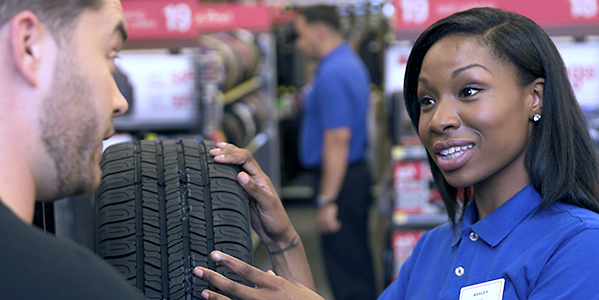Tire Solution: Understanding Tire Stress Surveillance Systems
Understanding Tire Stress Surveillance Solutions (TPMS) is a vital element of keeping ideal lorry efficiency and safety on the roadway. With developments in automobile modern technology, TPMS has come to be a common feature in contemporary lorries, supplying real-time information on tire pressure degrees. Delving deeper into the ins and outs of TPMS, one can discover the various elements that comprise this system and the relevance of each in making certain exact monitoring. From direct to indirect TPMS systems, the landscape of tire stress surveillance is varied, each with its unique set of considerations and advantages. Stay tuned to untangle the complexities of TPMS, from upkeep tips to the undeniable benefits of maintaining your tires correctly pumped up. mopar tire service specials.

Value of TPMS
The importance of Tire Pressure Surveillance Solutions (TPMS) hinges on their ability to enhance vehicle security and performance via real-time surveillance of tire stress levels. Preserving the appropriate tire pressure is vital for making certain optimum handling, braking, and overall safety and security of a lorry. TPMS supplies chauffeurs with immediate feedback on any kind of overinflated or underinflated tires, enabling timely adjustments to be made.
Elements of TPMS
Sensors are usually located in the tire shutoff stem or connected to the wheel setting up, where they determine tire pressure and send data to the control module. Some progressed TPMS designs also show the real tire pressure analyses for each tire, offering vehicle drivers with real-time info to make certain optimum tire performance and safety and security. By keeping track of tire pressure continually, TPMS aids stop mishaps, decreases tire wear, and enhances fuel effectiveness, making it a vital element for automobile security and efficiency. morris tire and alignment.
Types of TPMS

On the other hand, indirect TPMS counts on the automobile's wheel rate sensing units to keep an eye on tire stress. This system spots underinflation by contrasting the rotational rates a knockout post of the wheels. Indirect TPMS is less costly than direct TPMS, as it makes use of existing sensors within the vehicle.
While straight TPMS uses more accurate readings, indirect TPMS is simpler in style and normally calls for much less maintenance. Both systems have their advantages and restrictions, and the choice between them typically depends upon aspects such as price, car make, and personal preference. Understanding the differences between these two types of TPMS can aid automobile proprietors make educated decisions regarding tire upkeep and safety.
TPMS Maintenance Tips
Conduct regular checks on the tire pressure levels and contrast them with the TPMS readings to ensure they are constant. Throughout tire rotation or substitute, make certain that the TPMS elements read this article are handled very carefully to avoid any kind of possible damages. If the TPMS warning light illuminates on the dashboard, address the problem quickly by inspecting the tire stress and the general system for any type of mistakes.
Advantages of Proper Tire Pressure
Keeping proper tire stress, as emphasized in TPMS Maintenance Tips, is important for gaining the numerous benefits linked with optimum tire stress levels. In mopar tire service specials addition, appropriate tire stress guarantees also tire wear, prolonging the life-span of the tires and promoting safer driving conditions. In verdict, the benefits of appropriate tire pressure go beyond simply tire long life; they include boosted fuel performance, boosted security, better automobile efficiency, and overall driving comfort.
Verdict
Finally, comprehending tire stress monitoring systems (TPMS) is crucial for preserving ideal tire stress and ensuring car security. By recognizing the value of TPMS, recognizing with its parts, knowing the different types available, sticking to proper upkeep ideas, and recognizing the advantages of maintaining proper tire stress, motorists can enhance their driving experience and lengthen the lifespan of their tires. Appropriate tire pressure is key to effective and risk-free lorry procedure.
